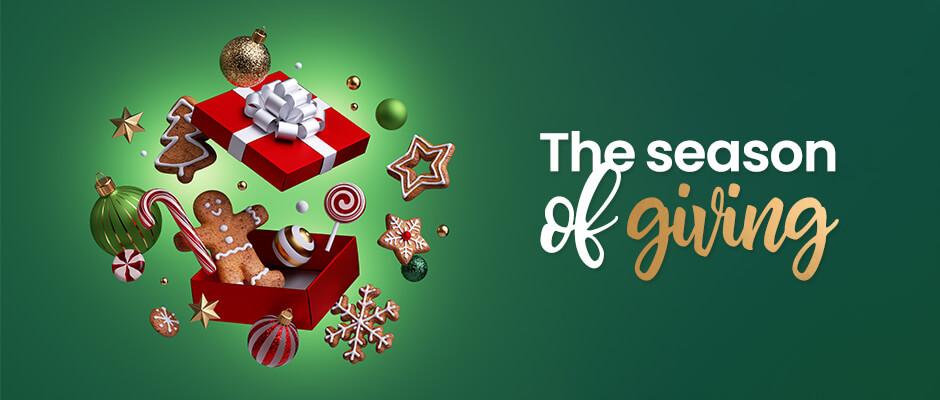Exchanging presents at Christmas is a tradition that dates to the 4th century. Bishop Nicholas of Myra was born into a wealthy merchant family in the village of Patera in the south of Turkey. He was known for his many kind and generous deeds, including throwing gold into the houses of the needy and giving presents to children to brighten their spirits. He believed that families should have enough to eat and a place to live, that children should have a chance to get ahead in life, and that old people should be able to live their lives with dignity and respect. He was concerned for the sailors living on the sea who were so important to the people for the provision of food and other goods. He was titled Saint Nicholas and became the patron saint of children and seafarers.
The figure of Saint Nicholas has evolved greatly since then. In 1822, Clement Clarke Moore wrote a poem for his six children called A Visit From St Nicholas, more popularly known as ’Twas the Night Before Christmas. In 1862, Thomas Nast, an illustrator of political cartoons, sketched the first drawings of St Nicholas, with a flowing beard, fur suit, and rotund shape to feature in Harper’s Weekly Magazine. The poem and illustration helped to create the modern image of Santa Claus and popularise the tradition of exchanging presents.
Gift-giving has certainly come far since the 4th century. The rise of department stores and the advent of advertising in the 20th century gave gift-giving a commercial boost, and the concept of creating wish lists and the emergence of Santa Claus as we know him today fuels the excitement of children (and the occasional adult) around the world. In recent years, the digital age has further transformed the way we shop for and give gifts. Online shopping, wish lists, and even gift cards have made the process more convenient and streamlined. The “click and wrap” era has arrived, and Santa’s workshop now has a virtual branch.
Over the years, it has become a tradition for groups of people coming together at Christmas to exchange anonymous gifts. This ritual is known as Kris Kringle. The name comes from Christ Kindl, the German name for the Christ-child, the focus of Christmas, and is also known as Secret Santa. It’s often practised in offices, large families and groups of friends. All names are put into a hat, real or virtual, and you pick out one name – preferably not your own. Then you buy a present for that person. It means that each person only has to buy one present, and everyone gets something. Here at Lovatts, we have a Kris Kringle present exchange at our staff Christmas party every year. Some people are so easy to buy a present for – and others so hard! Do many of you readers have this tradition as part of your Christmas? I’d be interested to hear your stories.
Through all these historical twists and turns, one thing remains constant – the joy of giving and the warmth of receiving. Christmas gift-giving has evolved, but its heart still beats with the same love and goodwill that have defined it for centuries. For me, giving presents to my friends and family is one of my favourite parts of Christmas.
We hope you have a lovely festive season. Happy Christmas, and happy puzzling!




Recent Comments